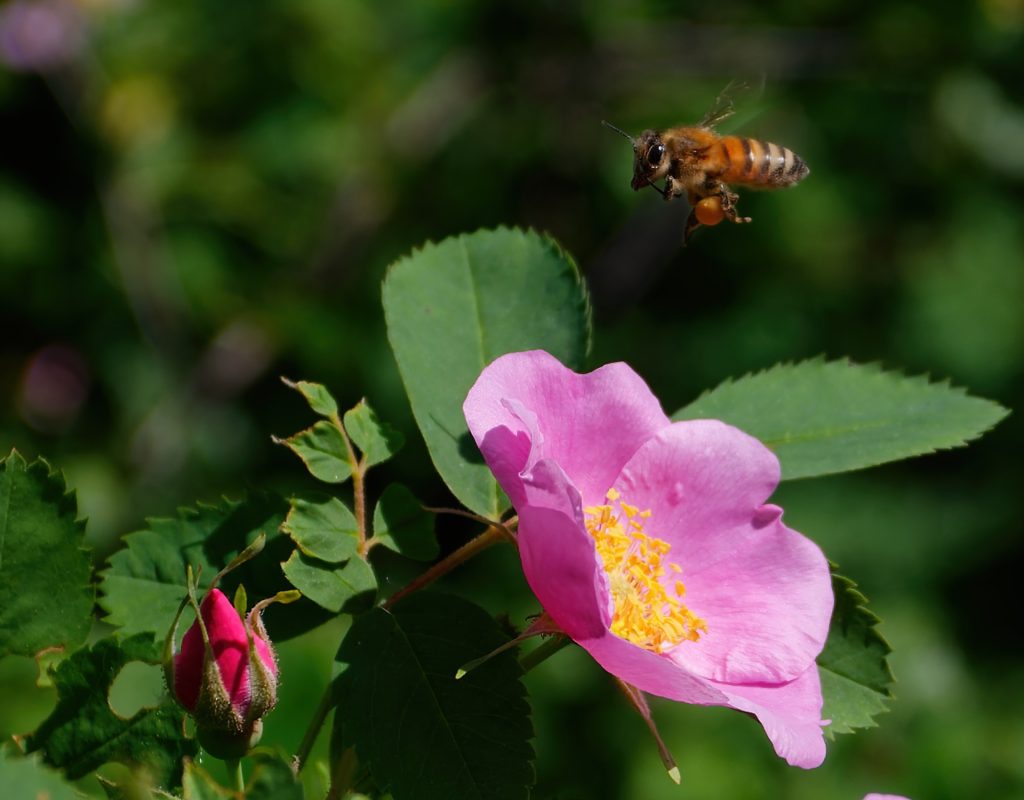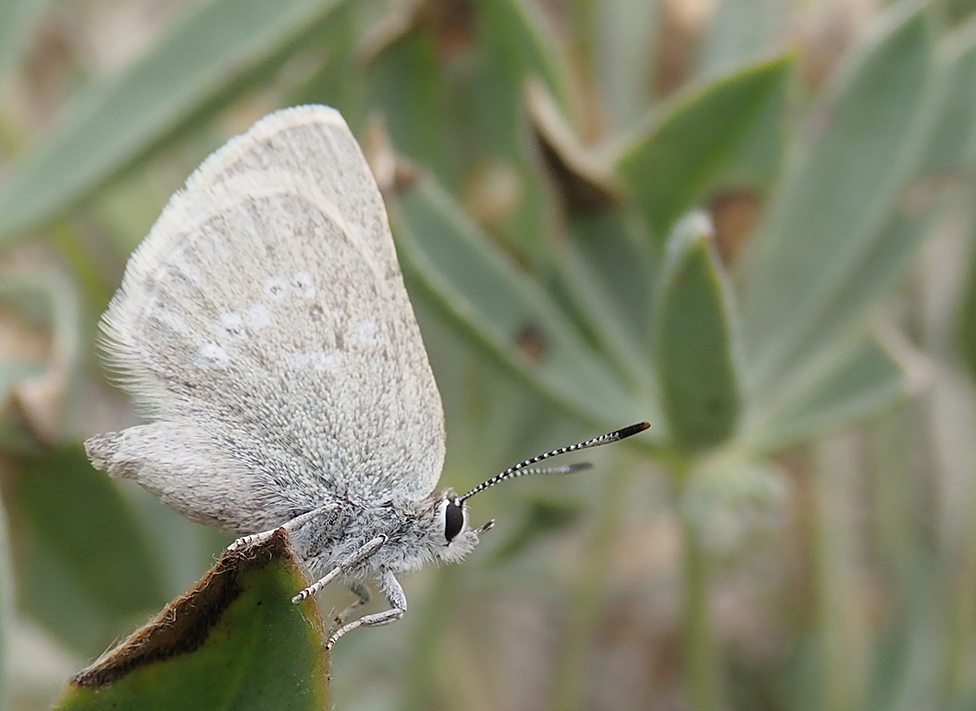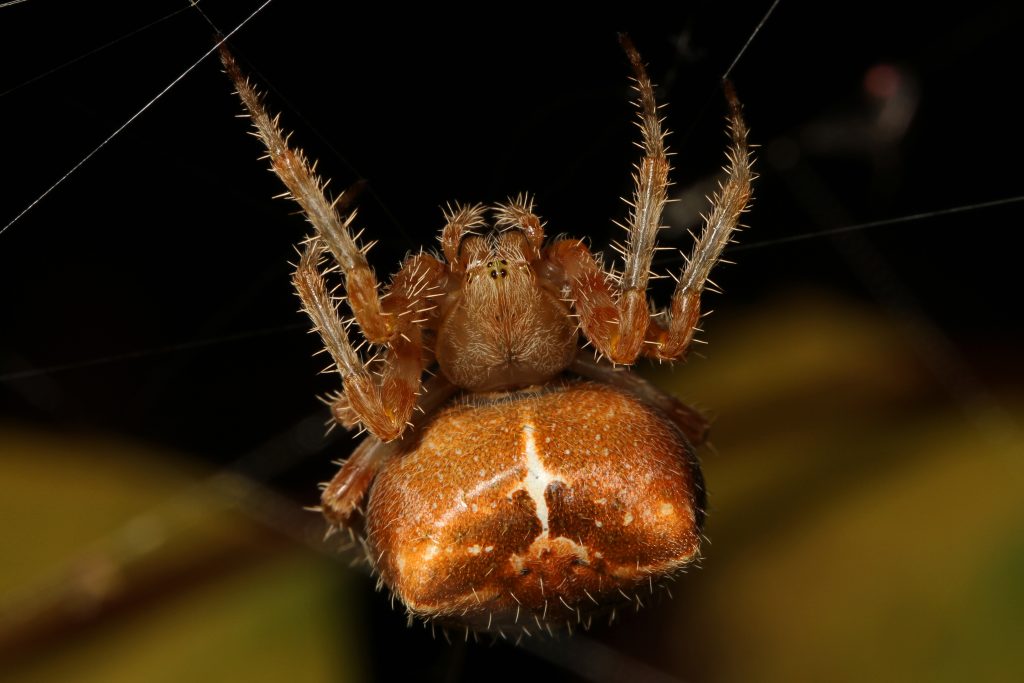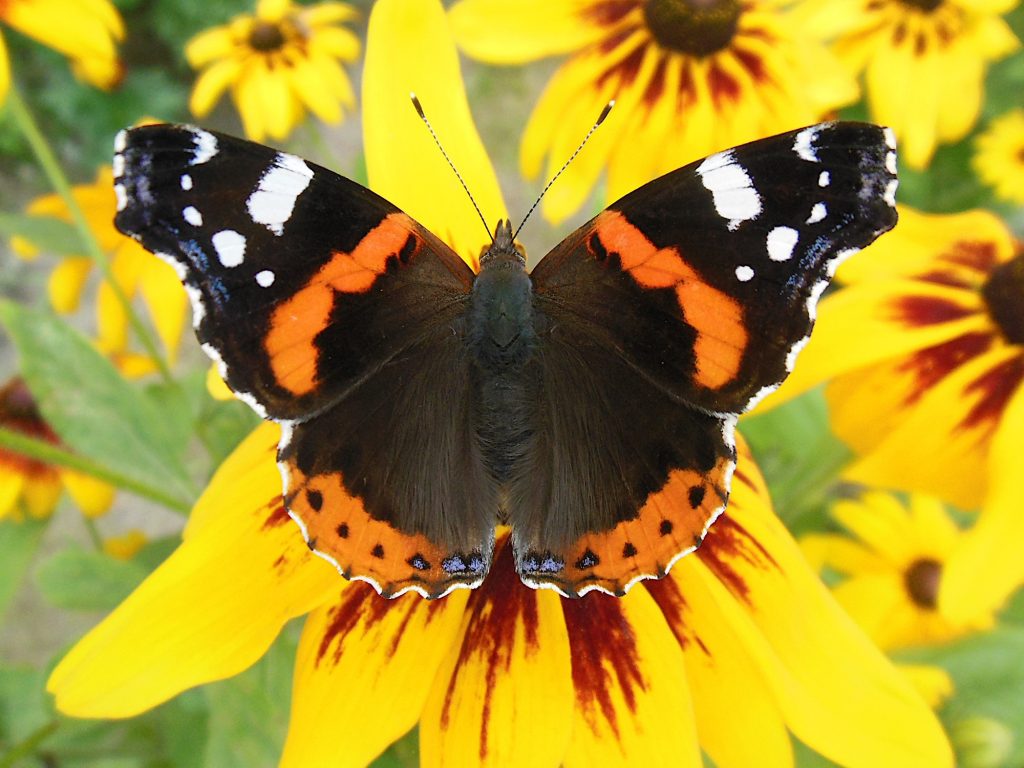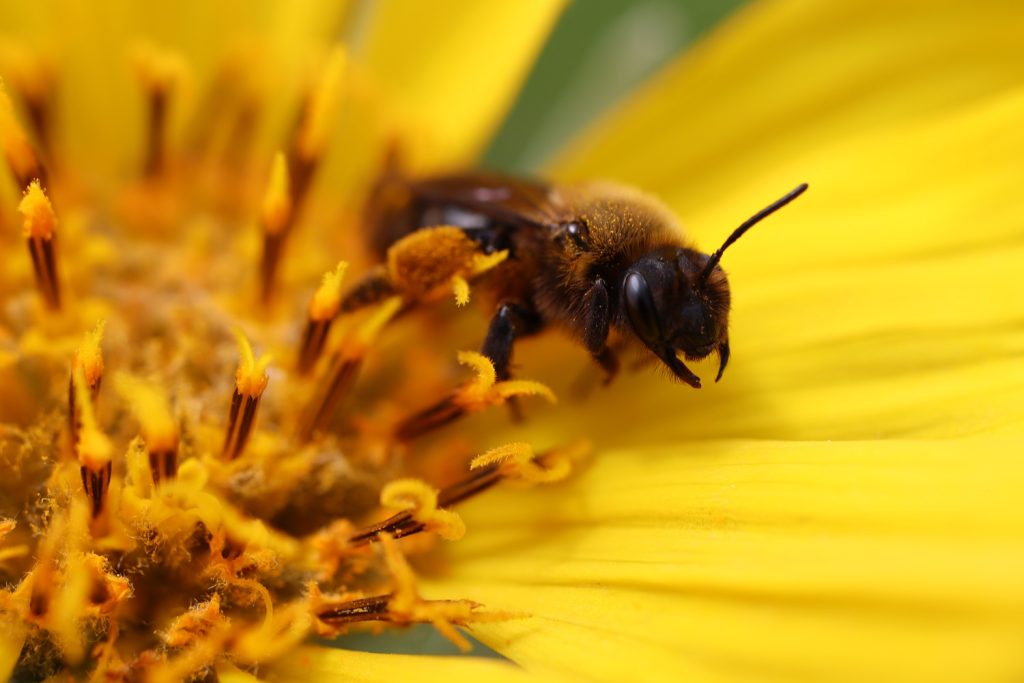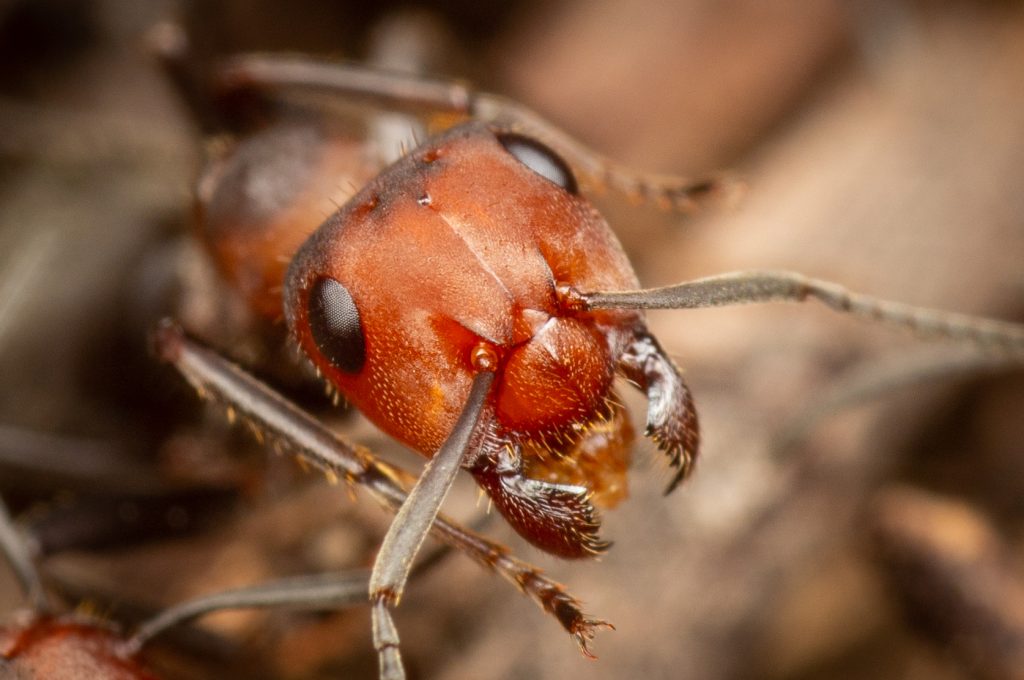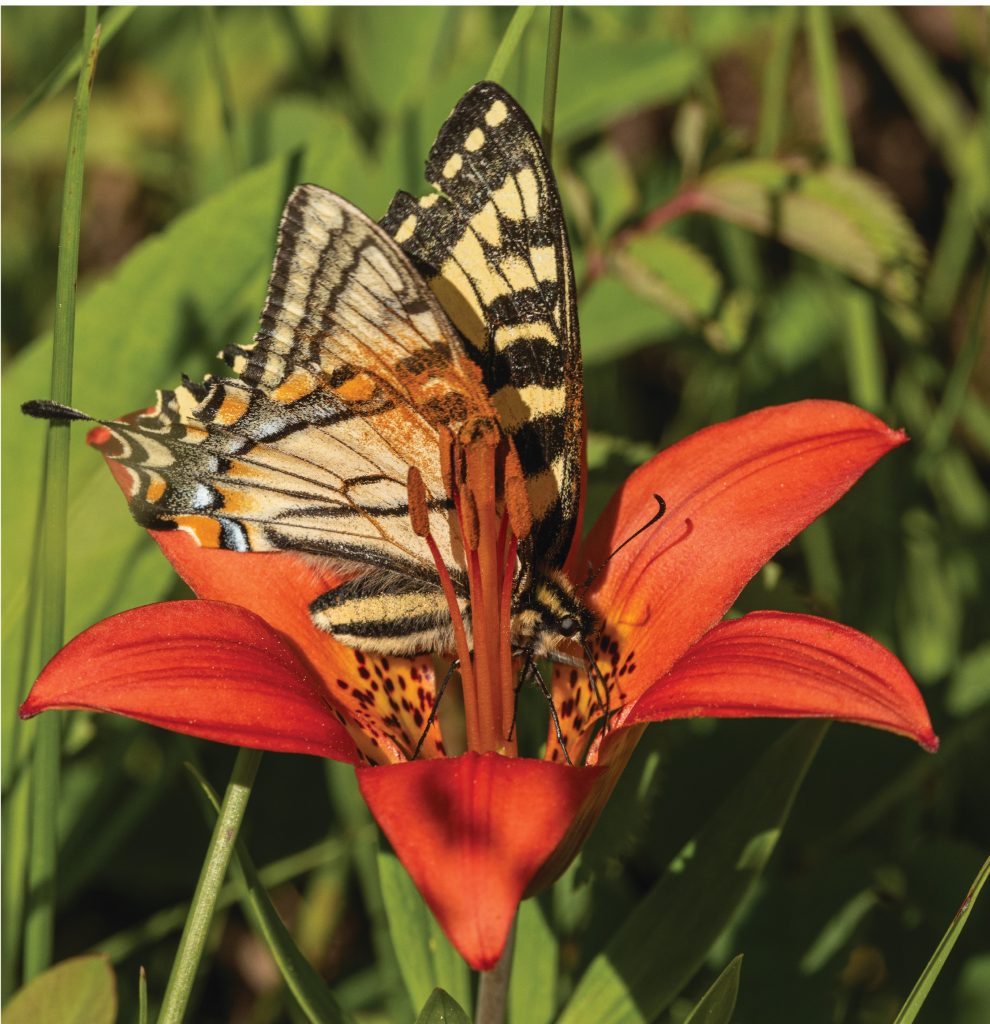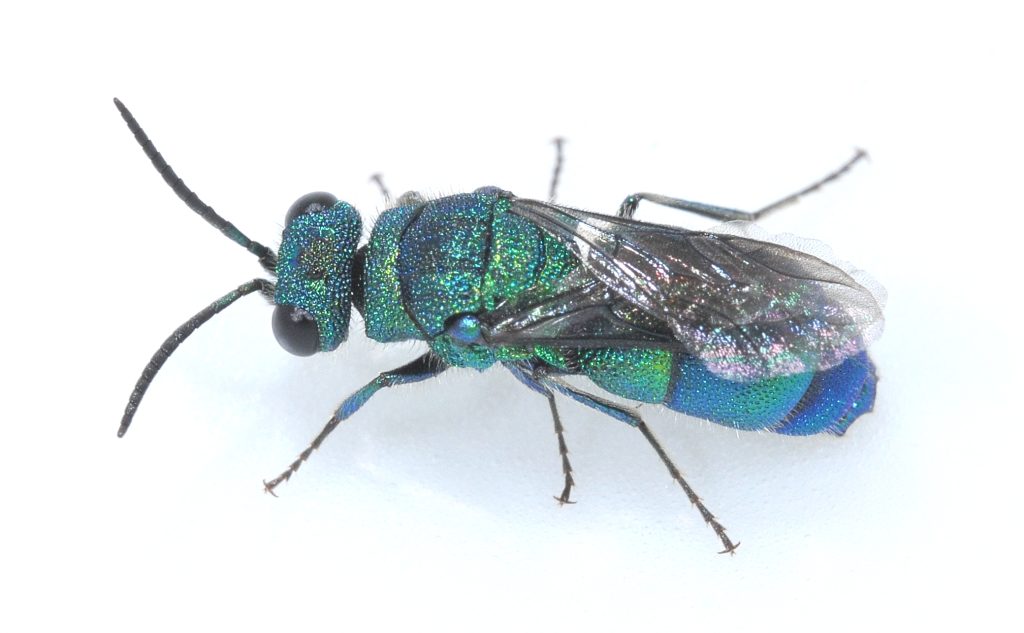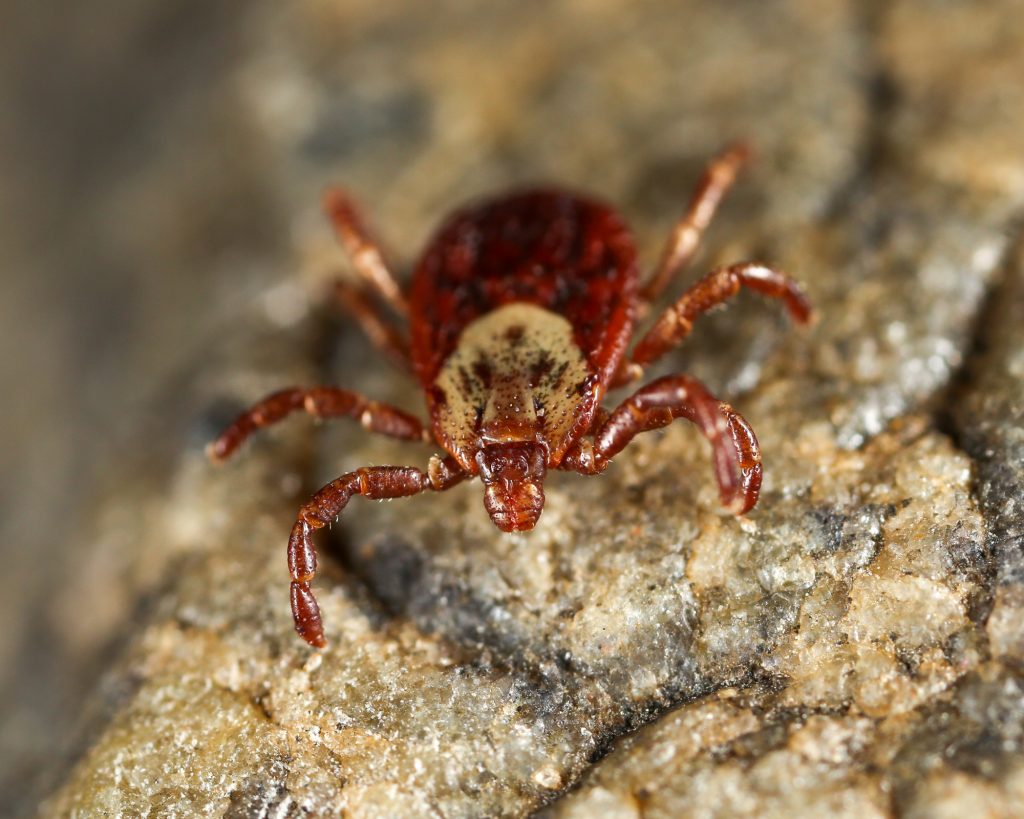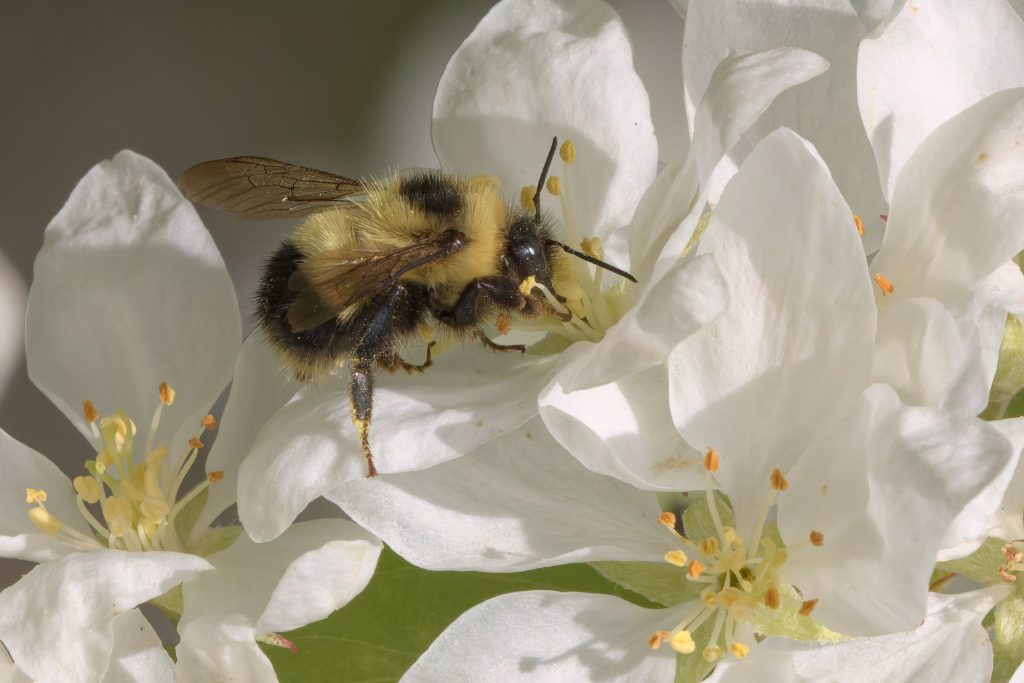Insects
Beneath the Buzz: Alberta’s Native Bees as Nature’s Unsung Heroes
What’s the buzz? What’s happening with Alberta’s unsung nature heroes: native bees!
Read MoreSurvival Against the Odds: Alberta’s Half-moon Hairstreak Butterfly
BY BENNY ACORN
Waterton Lakes National Park is truly one of the most remarkable areas in all of Alberta, where natural beauty is partnered with rich and unique biological diversity. Although you would not expect it, the story of one of Alberta’s rarest insects begins here, under the late-winter snow. This is a story of unexpected alliances, remarkable specialization, and perseverance in the face of catastrophic adversity, and it all takes place on the Blakiston Fan.
Read MoreSpiders: The Misunderstood Jewels of Alberta’s Biodiversity
BY JAIME PINZON
Alberta is home to 628 species of spiders, representing almost half of those recorded in Canada. That’s more than the number of bird species we have in the province. Despite this great diversity, you are unlikely to encounter more than a small fraction of these species because many of them are either too small, have cryptic behaviours, or live in remote habitats.
Butterflies for Beginners
BY NICK CARTER
My experience is that once you’ve been bitten by the entomology bug, you won’t look back. A good place to start, if you are keen to expand your biodiversity horizons, is butterflies. Butterflies provide a good introduction to the world of insects for a variety of reasons. Many species are bright, colourful, and not too hard to find.
Read MoreThe Wonderful World Of Bees
Recorded Presentation
Speaker: Megan Evans
Host: Nature Alberta
Exploring the Amazing World of Ants
BY JAMES GLASIER
Ants are an integral and ever-present part of Alberta landscapes. Besides being resilient, ants are diverse, numerous, and ecologically important. In this article we take a deep dive into the ants of Alberta.
Read MorePollination on a Wing and a Prayer: Wood Lilies and Swallowtails
BY LAWRENCE HARDER & TIM SCHOWALTER
Examine the remarkably close relationship between wood lilies and swallowtail butterflies.
Read MoreDo You “Do Bugs”?
BY JOHN ACORN
Bug appreciation is on the rise. Macro photography is easier than ever before, and there are countless places online where you can submit arthropod images for identification or appreciation by others.
Read MoreTicked Off
As you get ready for bed, your mind wanders and you think, “Did I lock the door? Did I turn off the stove? Did I blow out that candle…?” But did you remember to check for unwanted guests that may have hitched a ride home with you on your afternoon hike? It could be that tiny pests are ready to dig in for a feast!
Read MorePlight of the Bumble Bee
BY NICHOLAS BOYCE
There is a good chance you have heard the slogan “save the bees” somewhere, perhaps on social media or on a flyer at the local coffee shop. But to clarify, which bees does this sentiment refer to? Which bees need saving? Read about the plight of the bumble bee, who cares, what is being done and, most importantly, what you can do to save the bees.
Read More
